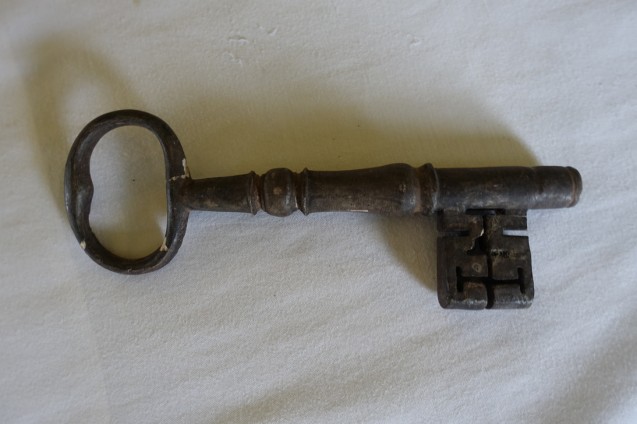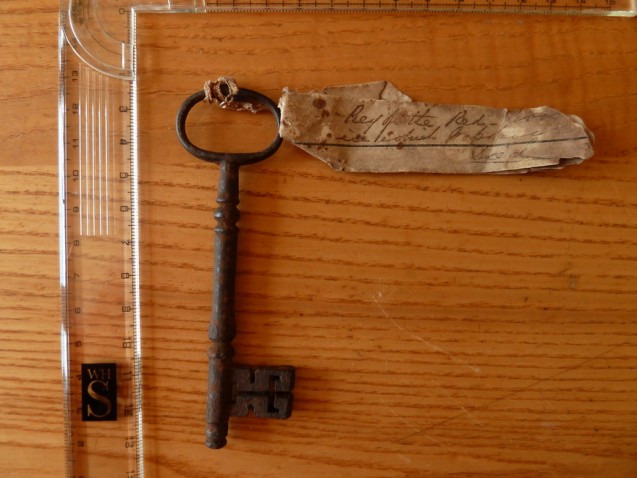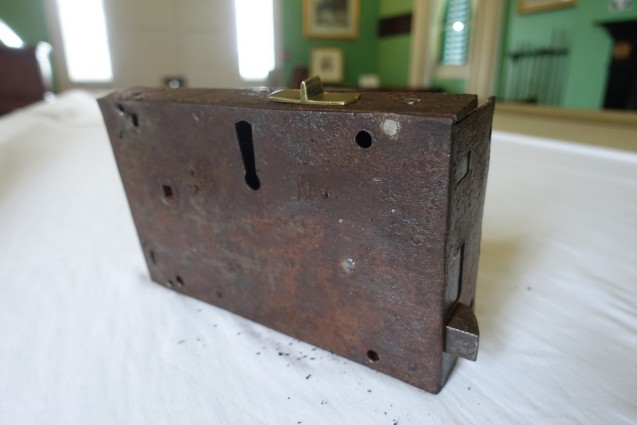Who was C. R. Fox? Charles Richard Fox was the favourite son of Lady Holland, one of Napoleon’s greatest British admirers. Whilst nothing in the Jamestown archives attests to the presence of this visitor to St Helena, it is indeed quite possible (indeed even probable) Charles Richard Fox passed through the island in September 1822. Fox had become a captain in the Cape Corps (South Africa) in 1820. That being said it is not clear that he spent much time in Africa. Again (or perhaps still) in London in September 1821, he left the British capital on the 7th, sailing from Plymouth for Cape Town on 21st as part of Cape Governor Lord Charles Somerset’s team. He stayed in the Cape less than a year, because his father, Lord Holland, bought him a captainship in the 15th foot at the beginning of 1822. So he returned to England on the whaler John Palmer, arriving in London in October November 1822. Hence, in all probability, he passed via St Helena in September 1822. But this is not where the mystery lies.
When Napoleon died, the keys at Longwood were highly sought after. Indeed, the companions in exile each took one… and this is not to mention the keys that were taken by the many British at Longwood at the time. Now, since the apartments where Napoleon lived in Longwood only had twelve doors with locks, it would seem extremely unlikely that there were any authentic keys left in 1822. Naturally, the farmer owners of the house would have changed the locks whose keys had been carried off as relics. How then could there have still been a key in a lock at Longwood that dated from the years of exile?
We know what happened to some of the authentic keys. That taken by Noverraz is today in Lausanne (see the photograph here below)

That taken by Antommarchi ended up in the UK and was exhibited at Castle Howard before, in 1980, being offered by Baron Howard of Henderskelfe to the “Association britannique de la Garde Impériale” (a re-enactor society – Robert Ashley Cooper, B.A.(Hons.), M. Phil) which in 2019 gave it back as a donation to the Emperor’s final residence, the French National Domains on St Helena, much to that institution’s grateful delight. This key (see the photograph here below) will be exhibited in Waterloo in Spring 2021 as part of the commemorations of the bicentenary of Napoleon’s death.

As for the lock parts, they are easier to track down as they were hard to remove from the door. In fact, almost all of them have been discovered, amongst the relics kept by the Solomon and George Moss families, both families that rented Longwood House between 1822 and 1856 (see here below that for the entrance door to Longwood House, today part of the collection of the French National Domains).

Eight of the keys preserved by the Moss family are today at Longwood… but, even with this provenance established, this does not prove that these keys were not added to Longwood House after Napoleon’s death. Given this context, it is hard to judge the key just sold at Sotheby’s.
Perhaps even more challenging, if this key was “half-inched” from Longwood House in 1822, how can we explain that it has the bow shape typical of objects made twenty or thirty years before Napoleon’s arrival on St Helena in 1815. There too, it is not impossible that, in order to save money, the farmers who succeeded Napoleon at Longwood replaced the locks with obsolete systems. To put it briefly, nothing can be ruled out.
On Napoleon’s death, Longwood House became a farm to which travellers en route would come almost as if on a pilgrimage. Everyone wanted to take a souvenir: the wallpaper was torn off the wall, bits of blinds and other wooden fittings were broken off, plaster chipped away, locks and keys carried off, plants pulled out of the ground, all out of a desperate desire for a memento of the historical moment that had played out there. A part of the roof of the funeral vault, pierced in 1840 during the exhumation Napoleon’s mortal remains, was regularly replastered by the owner of the property during the night and then sold as “authentic” fragments the following day!
When it comes to relics from St Helena, caveat emptor…
Michel Dancoisne-Martineau
January 2021
Michel Dancoisne-Martineau is Honorary Consul of France on St Helena and Curator of the French National Domains on St Helena.


